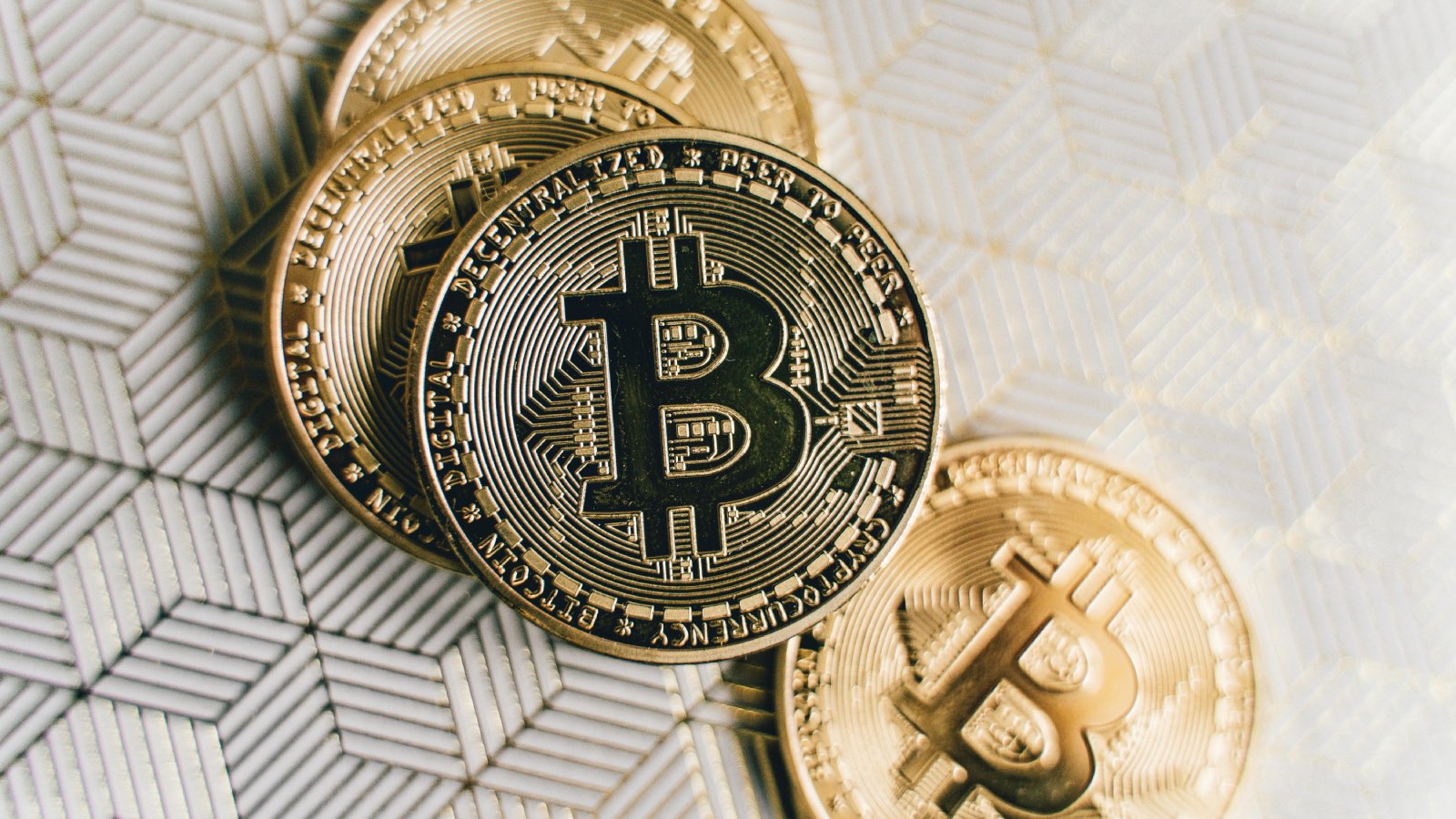Official institutions – including central banks and supranational bodies – have been tested by the Covid-19 pandemic and the market consensus is that they have been instrumental in mitigating market disruption. As economies work out how to adapt to a post-lockdown Covid-19 world, major public bodies such as, for Europe, the European Investment Bank (EIB), the European Commission (EC) and the European Stability Mechanism (ESM) are likely to play a major role in the economic recovery process. BNP Paribas Securities Services examines how official institutions are expected to support economic growth in the new normal.
![]() The intervention by the European Central Bank (ECB) to mitigate the economic damage caused by Covid-19 has been extraordinarily powerful. In addition to pumping vast amounts of liquidity into a number of eurozone banks, announcing an interim lowering of bank capital requirements and postponing EU-wide stress tests until 2021, the ECB has introduced a temporary easing of its collateral measures (i.e. reduced haircuts, widening the scope of acceptable bonds and loans) to help banks continue to provide liquidity and credit. The ECB also strengthened its quantitative easing (QE) programme through the Pandemic Emergency Purchase Programme (PEPP), which now totals €1.35 trillion, a scheme expected to last until at least the end of June 2021.
The intervention by the European Central Bank (ECB) to mitigate the economic damage caused by Covid-19 has been extraordinarily powerful. In addition to pumping vast amounts of liquidity into a number of eurozone banks, announcing an interim lowering of bank capital requirements and postponing EU-wide stress tests until 2021, the ECB has introduced a temporary easing of its collateral measures (i.e. reduced haircuts, widening the scope of acceptable bonds and loans) to help banks continue to provide liquidity and credit. The ECB also strengthened its quantitative easing (QE) programme through the Pandemic Emergency Purchase Programme (PEPP), which now totals €1.35 trillion, a scheme expected to last until at least the end of June 2021.
The ECB has demonstrated increased flexibility and some risk tolerance over the last four months. Most notably, it included Greek government bonds in its bond-buying list and scrapped a self-imposed limit on holding more than 33% of any one country’s bonds. The ECB also expanded the range of eligible assets and maturities by incorporating non-financial commercial paper and government bills into its QE programme.
Although the ECB and the Federal Reserve have reacted quickly to the Covid-19 crisis, their responses have diverged at times, owing mostly to the structural differences between both markets. Whereas banks in Europe have traditionally been the providers of corporate financing, funding in the US is typically procured through capital markets. This explains why the ECB provided ample liquidity to the banks whereas the Federal Reserve set up a panoply of primary and secondary corporate purchases, going beyond the initial purchases via indices such as exchange traded funds.
The nuances between the Federal Reserve and ECB’s responses are also a consequence of both markets being at different stages of the economic cycle at the start of the crisis. The Federal Reserve, for instance, reduced interest rates to 0%-0.25%, unlike the ECB whose rates were already set at zero. Another discrepancy between the two central banks is that the ECB has publicly disclosed how much it intends to purchase as part of the PEPP initiative, in contrast to the Federal Reserve, which has opted instead to conduct an open-ended asset purchase programme.
Covid-19: a catalyst for social bond issuance
As markets stabilise, there is now a growing pressure on central banks worldwide to ensure that corporate QE should be reserved to sectors making tangible improvements on ESG (environment, social, governance). Admittedly, this may prove difficult in some cases, especially as a number of bond buying programmes do not allow central banks to discriminate against particular industries.
However, there are a number of reasons to be optimistic about the future trajectory of ESG. Firstly, central banks globally appear to be adopting a co-ordinated, structured approach in the fight against climate change through consortiums such as the Network for Greening the Financial System (NGFS), a body which has continued to balloon in size since inception. Similarly, there has also been a notable spike in demand for social bonds amid the crisis. Social bonds now account for 28% of the total sustainable bond market, with issuances climbing to $33.1 billion during the first four months of 2020 – a trend which is being driven overwhelmingly by supranational bodies and agencies. In contrast, social bonds comprised just 5% – or $14 billion – of the sustainable bond market last year. [1]
Use of proceeds from many of these social bond issuances are being funnelled into initiatives designed to mitigate the impact of Covid-19. High-profile issuances include the International Financing Corporation’s $1 billion, 3-year social bond designed to fund Covid-19 relief measures; the African Development Bank’s $3 billion, 3-year Fight Covid-19 Social Bond aimed at providing support and financing to African countries and businesses; the EIB’s €1 billion, 8-year and €1billion, 10-year Sustainability Awareness Bonds; and Nordic Investment Bank’s €1 billion, 3-year Inaugural Response Bond, which will attempt to alleviate the social and economic consequences of the Covid-19 pandemic. Nearly all of these transactions follow the ICMA (International Capital Markets Association) Social Bond Principles, a set of guidelines promoting transparency in the social bond market.
Social bonds have exploded in size and popularity, with $57 billion issuance in 2020 YTD vs 9 billion during the same period last year. Green bonds represent $93 billion YTD, suggesting that interest in these products remains very healthy although a little behind the 2019 YTD issuance at $111 billion. Sustainability-linked bond issuance activity is also projected to rise off in the footstep of the Sustainability-linked loans which have seen an exponential growth since they appeared only a couple of years ago. The ICMA Sustainability-Linked Bond Principles should help pave the way for the development of this new market. Global regulation promoting ESG is also expected to support more issuance. The EU, for instance, is pushing ahead with its Sustainable Finance Action Plan, a policy intended to help steer private and public funding into ESG investments. Other core markets are now following suit.
Securities lending and repo: an enticing opportunity for official institutions
Cash injections by central banks have been critical in stabilising the repo market, especially during the early stages of the Covid-19 disruption when investors were struggling to manage their liquidity risk. This rapid intervention by central banks ultimately freed up financial institutions’ credit lines allowing for cash to be deployed in the repo market. This decisive action is widely considered to have prevented a severe drought in credit markets from materialising.
The insatiable demand for High Quality Liquid Assets (HQLA) and the use of those assets to generate incremental revenue in a risk-controlled programme have always been present in the market. The volatility over the past several months has reinforced the notion that central banks have an opportunity to earn increased returns while adding liquidity to capital markets through the adoption of securities lending programmes.
There are also revenue opportunities available as a result of incoming OTC derivatives regulation in the US, EU and APAC. Having implemented mandatory clearing of vanilla OTCs through CCPs, global regulators are pushing ahead with reforms that will require counterparties to bilateral OTC transactions to post initial and variation margin on their trades. Although the rules have been delayed by one year due to Covid-19, trading counterparties will still need to obtain acceptable collateral to post as margin. Not all financial institutions will have suitable collateral available in their inventories, so they will have to source it from elsewhere. Official institutions – a number of whom are sitting on massive liquid cash reserves or high quality financial instruments – may be tempted to on-lend some of their securities to OTC market participants who will use them for margining purposes.
As a leading, global provider, BNP Paribas Securities Services is in a strong position to support clients’ securities lending requirements by providing global and local coverage in more than 30 countries for a wide range of asset classes and using different types of collateral. It offers various routes to market including both principal and agency lending services, while clients can simultaneously access the bank’s industry-leading Global Markets and CIB facilities. The breadth of services enables participants to be well positioned to maximise revenue opportunities while minimising market exposure. Coupled with its robust asset safety measures and commitment to risk management, BNP Paribas Securities Services can provide an optimum securities lending solution to official institutions.
Reassessing priorities post-Covid-19
Covid-19 is a crisis like no other. Official institutions – including central banks – will be vital in shaping the world’s recovery moving forward. From short-term monetary intervention as a means to shore up liquidity to longer-term initiatives focusing on ESG bond issuance, official institutions are helping to salvage the global economy.
With thanks to the following BNP Paribas contributors:
- Christian Oger, Head of technical sales at BNP Paribas Securities Services
- Florence Lubineau, Head of Central Banks & MDBs/Supranationals, Europe at BNP Paribas CIB – Official Institutions Coverage
- Laurent Libiszewski, Global Head of Debt Products & Solutions at BNP Paribas Securities Services
- Michael Saunders, Head of Agency Lending, Americas at BNP Paribas Securities Services
- Natalia Floate, Head of Market & Financing Services, Asia Pacific at BNP Paribas Securities Services
- Vera Delvoye, Official institutions and Pension funds, Go to Market strategist at BNP Paribas Securities Services
[1] BNP Paribas CIB













